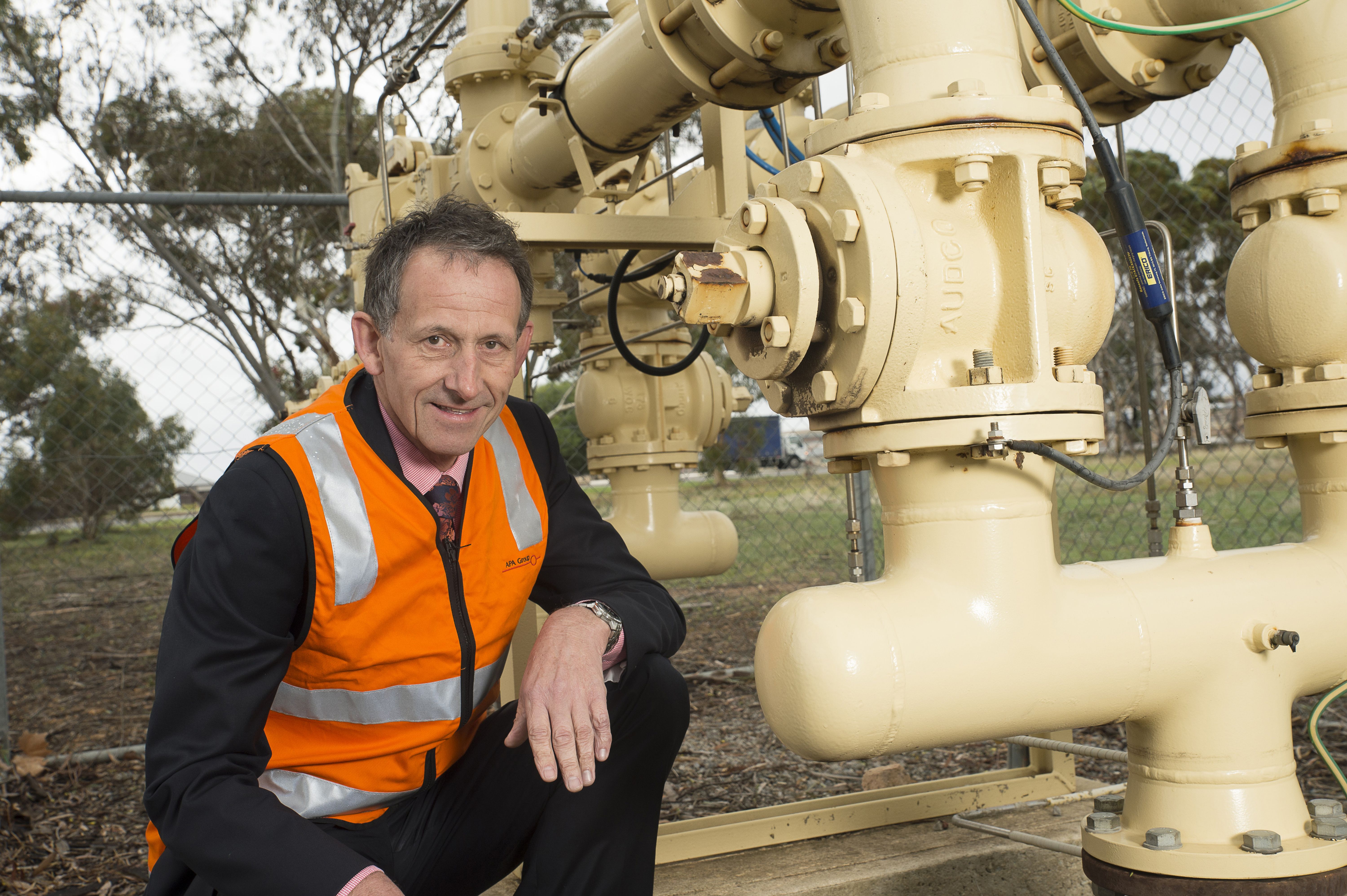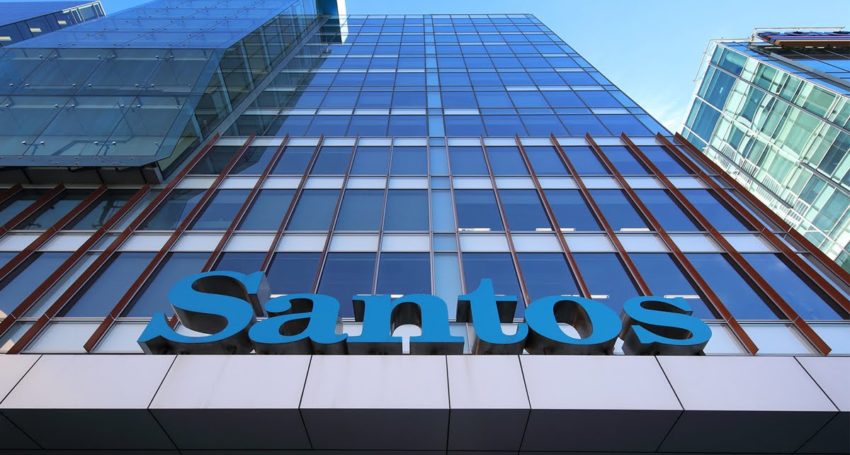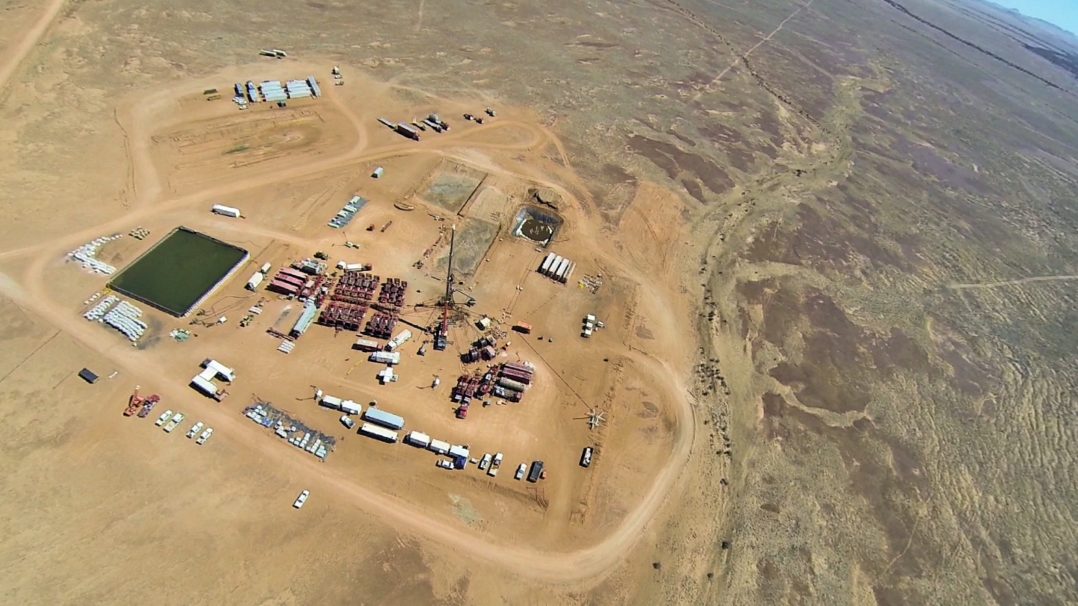Australian Gas Networks Limited (AGN) has announced that it had been awarded funding of $1.28 million from the Federal Government’s Australian Renewable Energy Agency (ARENA) to support the Australian Hydrogen Centre (AHC) to explore the feasibility of blending hydrogen into natural gas networks.
The AHC has also received funding support from SA’s Department for Energy and Mining and Victoria’s Department of Environment, Land, Water and Planning. Other AHC Founding Members include gas and energy infrastructure business AusNet Services, and leading renewable energy companies, ENGIE and Neoen.
Gas distribution network
The AHC will develop feasibility studies to inject up to 10% renewable hydrogen into the gas distribution network of selected regional towns in South Australia and Victoria.
Building on the feasibility studies for regional towns, the AHC will also develop feasibility studies to inject up to 10% renewable hydrogen into the gas distribution networks of South Australia and Victoria and develop a pathway to make the transition to 100% hydrogen networks.
In addition, the AHC will publish knowledge sharing reports to externalise key insights and data from the operations of AGN’s flagship project, Hydrogen Park South Australia (HyP SA). HyP SA will be operational by mid-this year. It will be Australia’s largest renewable hydrogen production facility, expected to be operational by mid-2020, where renewable hydrogen will be produced and blended into the gas distribution network in Mitchell Park, Adelaide. Approximately 710 households in Mitchell Park will be receiving a blended 5% renewable gas – a combination of natural gas and renewable hydrogen.
The ARENA grant will cover approximately 31% of the total estimated cost of $4.15 million to complete the work program of the AHC by January 2022.
AGN’s Chief Executive Officer, Mr Ben Wilson, said: “AGN, as part of Australia’s broader energy industry, has commenced the new decade with a strategy that aims to deliver substantial, measurable and world-leading outcomes in minimising the current and future carbon footprint across the whole of our national gas distribution business.
“This public licence also requires total transparency so the studies will provide guidance as to both the best solution to deliver renewable gas into our networks while ensuring full engagement with all stakeholders and consumers about this step-change in Australian energy delivery.
“The 2020s will be an exciting time for the energy industry and consumers. ARENA’s foresight in backing the strategy for a roll-out of more renewably sourced gas in these two key major markets, is to be commended.”
The South Australian Minister for Energy and Mining Dan van Holst Pellekaan, said the Australian Hydrogen Centre is an exciting renewable energy initiative that fits perfectly with the government’s plan to deliver more reliable, more affordable and cleaner energy for our state.
“Considering South Australia’s enormous wind and solar resources, we have significant natural advantages that can be leveraged to produce, consume and export 100% green hydrogen.
“This project builds on the South Australian Government’s $4.9 million investment in Hydrogen Park SA that will see hydrogen blended with natural gas and delivered to 710 homes in the local community.”
The new hydrogen facility under construction in Adelaide is regarded as an Australian leading project in this sector.
Adelaide-based AGN – part of the Australian Gas Infrastructure Group (AGIG) – is developing the pioneering $11.4 million HyP SA hydrogen production facility at the Tonsley Innovation District, south of Adelaide, with first output slated for around June this year.
The facility includes a 1.25MW electrolyser and will inject about 5% by volume of hydrogen into the existing natural gas network to deliver a new ‘renewable gas’ product. AGN received an $4.9 million grant from the South Australian Government’s Renewable Technology Fund to build and operate the project. The proton exchange membrane (PEM) electrolyser will use renewable electricity to split water into oxygen and hydrogen gas.





